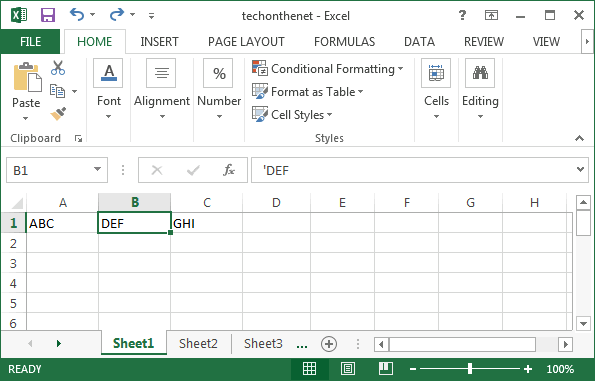

On the PC, you can choose an icon as well as a name, but I’m not actually sure when the icon shows up.Ĭlick OK. Rename the tab and group using the Rename button (on the Mac it is the setting wheel). You can use these groups to arrange your commands, or have the commands all in the one group. For example, in the Home tab shown in the top pic, you can see commands grouped into Clipboard, Font, Paragraph and Styles (plus more out of picture). All commands need to be in a group within the tab. The tab is automatically created containing a group. The new tab will be added below the currently selected tab. Click on this to add a tab to the ribbon. On the right, below the list of tabs you can see the New Tab button (On the Mac it is a + sign – see pic below). In the right hand column, first see that I have the Developer tab checked – that’s how you get it to display in the ribbon.

#GET A RIBBON TO SHOW IN WORD FOR MAC PC#
The dialog box for customising is similar in PC and Mac. Mac – Word>Preferences>Ribbon & Toolbars.How do you customise the ribbon? This is done in: This is my Word PC ribbon – you can see my MB Macros tab next to the Developer tab (an existing tab you’ll want to show on your ribbon if you use macros). You may have other commands you’d like to gather together in a customised tab. It’s particularly great for macros I don’t use all the time so I forget their keyboard shortcuts. You can add a your own customised tab to the Word ribbon!įor example, I have added a tab called MB Macros to my Word ribbon as a way of easily getting access to particular macros.


 0 kommentar(er)
0 kommentar(er)
